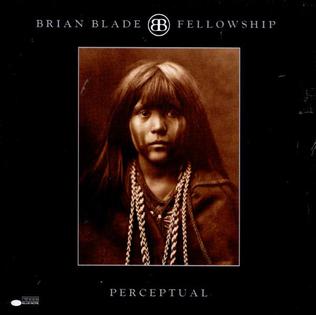Danilo Pérez, 'Motherland' (2000)
At the end of Playing Changes is a list: The 129 Essential Albums of the Twenty-First Century (So Far). I organized these by year, and then alphabetically by artist name. I'll be running them down here, in that order. (No one appears more than once as a leader, though there’s ample overlap in personnel.)
Here's an album that receives a good amount of play in Playing Changes. Danilo Pérez knew he had accomplished something great when he finished Motherland, an album of sweeping ambition, farsighted vision and deep personal resonance. The album was no less than a manifesto for a contemporary pan-American jazz synthesis, drawing not only from his native Panama but also from Brazil and Chile and even West Africa, by way of the Caribbean.
I remember an album-release concert at the Bowery Ballroom, featuring the album's full cast of characters, including saxophonist Donny McCaslin, singer Luciana Souza, and bassist and vocalist Richard Bona. There was a real sense of expanding possibility, of a smart and serious artist urging his own tradition forward.
There's a track on the album called "Suite For The Americas, Part 1," which lays out its thematic material in a succinct and organized fashion, as in an overture. (Never mind that there's also a track on the album titled "Overture.") Later in the track list comes "Suite For The Americas, Part 2," which I consider even more emblematic, because it features some sharp improvisation, from Pérez as well as violinist Regina Carter. This was a persuasive new possibility for Latin-jazz, and for modern jazz more generally. I regarded it as a landmark statement at the time, and that feels even truer today.
Hear Motherland on Amazon, on Spotify, or on Apple Music.





